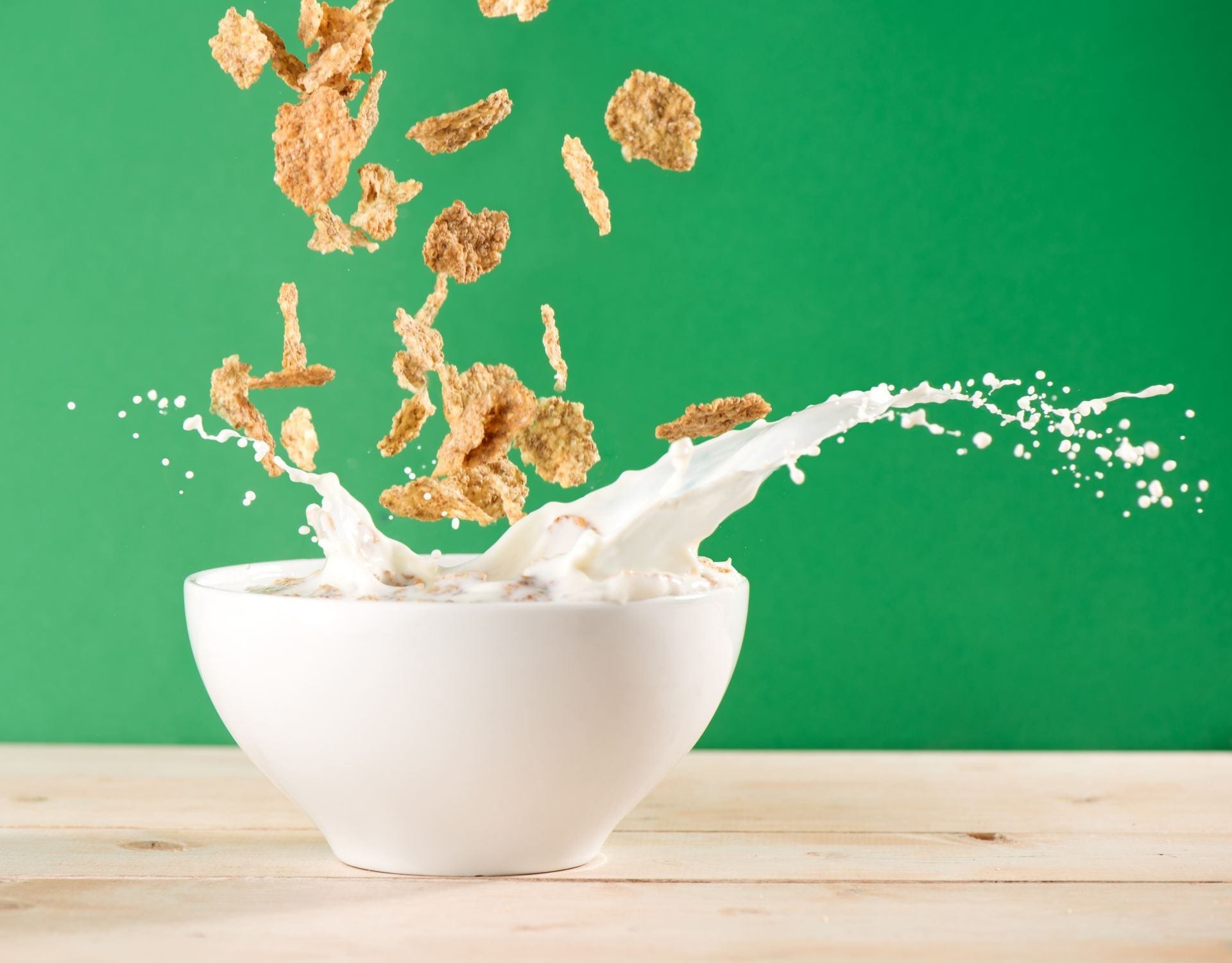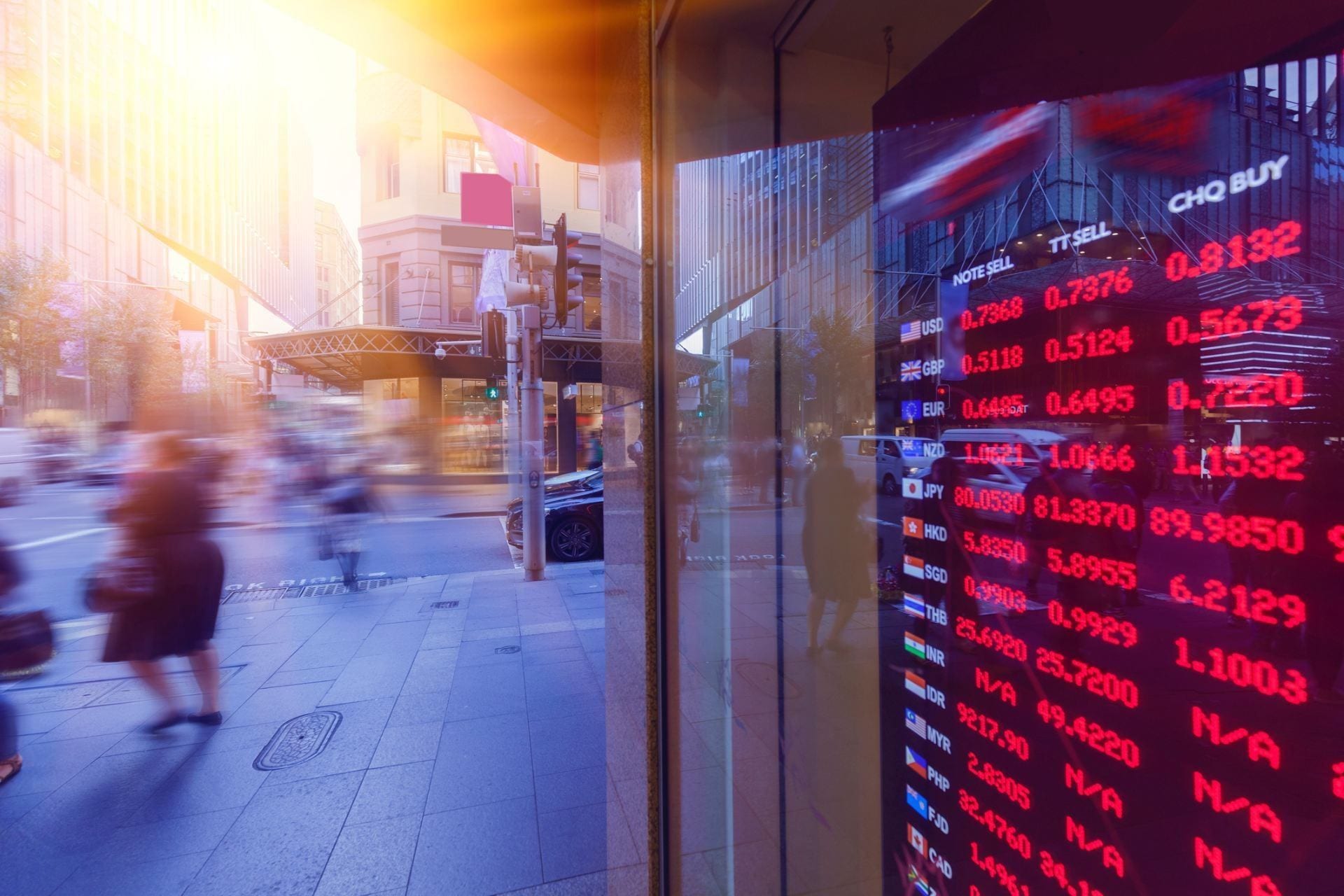Level 9 to 10
Fun numeracy activities to share at home with your child
Home » Numeracy at home » Level 9 to 10
Activities:
Many of the activities suggested in the Level 3 – 8 section can be extended for young people at this level. It is recommended to use contexts that are relevant to your young person’s experiences and interests.
Children of all ages are often fascinated by very small and very large numbers.
Begin by investigating together (perhaps online) very large and very small numbers.
In which occupations are they used?
What are the smallest and largest numbers; measures of distance, time, mass, capacity, etc., and in which key learning areas (subjects) is each one used?
Sustainability, healthy living, shopping, home improvements and gardening, travel, natural phenomena
Sustainability
Look at energy consumption and waste production. Investigate ways of minimising, which will involve understanding units of measurement, costs per unit, peak periods of energy consumption.
Questions might include, for example, the viability of solar energy from a cost and efficiency perspective.
Others might be:
- How is waste produced; e.g. from packaging?
- Expiry dates compared with “best-by-dates”?
- How far is this piece of produce/product from where it was grown or produced?
- Recycling, from a cost analysis perspective; for example transporting and storage, energy used to recycle?
- How much can we save on our electricity bill if everyone had 3 minute showers?
Healthy Living
Investigate food labels and what they mean.
Compare the nutrition information panels of products and consider, for example, recommended daily intake of sugar and carbohydrates.
Have a discussion with your child about their favourite breakfast cereal.
The food value of a breakfast cereal is hidden within the many numbers on the side of the packet.
Food labels suggest serving sizes for different foods.
You might explore with your child how much of some foods make up this serving size. You can easily find percentages of sugar or salt (pure salt is sodium chloride) by reading the number of grams per 100 grams of the food.
Shopping
The supermarket provides a context for money related discussions for young people as well.
Many foods and other products in supermarkets include the unit price on the price tag. This will normally be a price for 1 litre, or 100g, or similar amount, even if those amounts cannot be purchased.
The purpose of displaying the unit price is to help consumers to compare values, assuming that the products are of equal quality.
Discuss with your child which option represents the best value for money. Also see this resource on grocery unit pricing.
Home improvements and gardening
If fixing things around the home or gardening, involve young people in decisions about ordering materials – investigate space saving measures; how much paint or carpet may be needed, etc.
Likewise, involve them in decisions about planting areas, plant heights, spread of grass seed, fertiliser and plant spray measurements and coverage.
Travel
Travelling overseas provides a great context for discussing currency exchange rates.
The rates for exchange of foreign currencies (sometimes called Forex) are available on the internet (e.g., banks, XE.com, and other sites).
Notice that if you start with one amount in one currency, convert it to another, and then convert back again you will have lost money.
This is because the companies that deal in currencies take a percentage from each transaction. Exploring and comparing the commission rates between different companies is an interesting exercise.
Natural phenomena
Exploring natural phenomena provides a great context for engaging young people in numeracy-based conversations.
For example, in a storm lightning is seen virtually as it happens, but the sound of the thunder it generates takes longer to reach you.
At 343 m/s it will take about 3 seconds to travel 1 kilometre, so every 3 seconds delay in hearing the thunder shows 1 kilometre of distance to the storm.
You could also explore cyclone categories and earthquake intensity scales.




